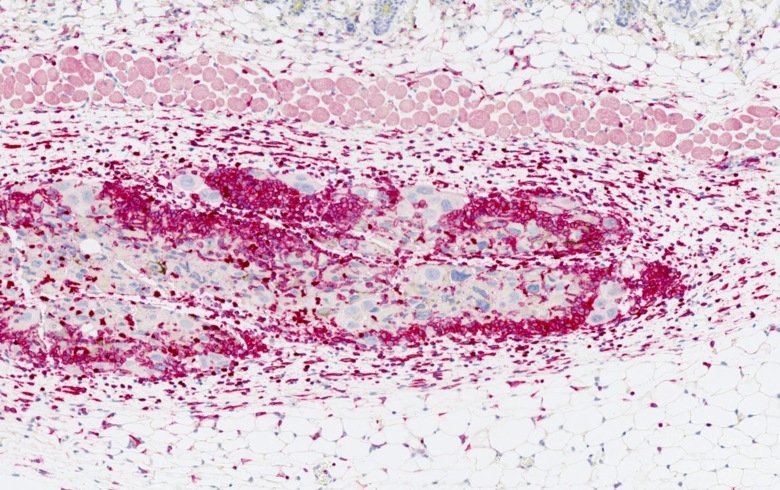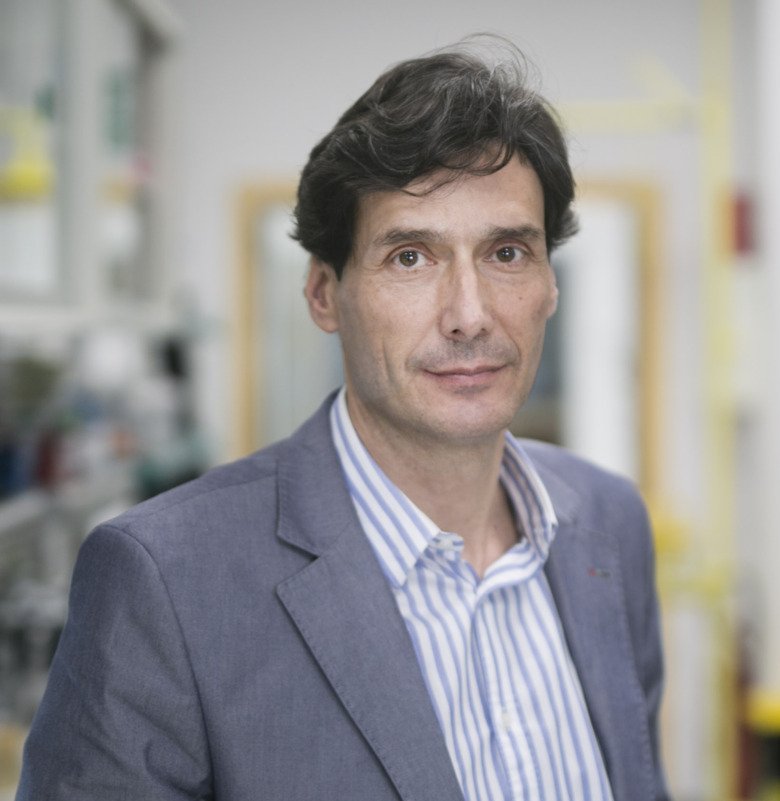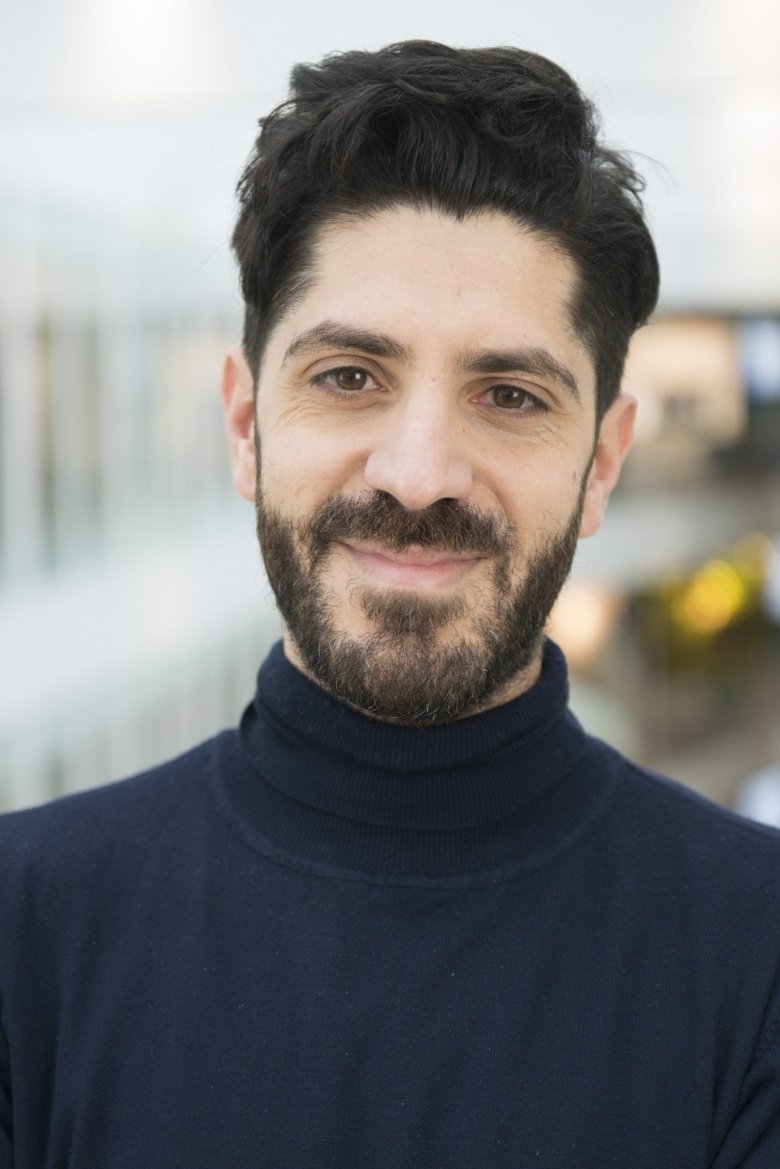Vaccination with senescent cells reduced tumor formation in mice

Cells that have permanently stopped multiplying, so-called senescent cells, could play an important role in the fight against cancer, according to a new study in mice by researchers at Karolinska Institutet and IRB Barcelona. The study, published in the journal Cancer Discovery, found that vaccination with senescent cancer cells significantly reduced the formation of melanoma and pancreatic cancer tumors in mice.
Senescence is a state of latency reached by damaged or aged cells in which they do not reproduce but do not disappear either. Senescent cells emit information signals into their environment, which warn of their presence, stimulating an inflammatory response and tissue regeneration.
In the context of cancer, researchers at IRB Barcelona in Spain and Karolinska Institutet have discovered that senescent cells, due to their characteristics, are a good option for activating the immune system and improving its response to tumors.
In the current study, they demonstrate that vaccinating healthy mice with senescent cancer cells prevented or delayed tumor formation when the animals were later challenged with melanoma and pancreatic cancer cells. Some improvement was also evident for animals that had already developed tumors, although the effect was more moderate, likely because the cancer cells had already created an environment that shielded the tumor from immune system attacks.
Similar mechanism in human cancer cells

To test the validity of the findings in human cancer cells, the researchers collected tumor samples from cancer patients and observed similar mechanisms in a laboratory setting: The induction of senescence activated immune system cells to attack the tumor cells.
"Our results indicate that senescent cells are a preferred option when it comes to stimulating the immune system against cancer," says co-corresponding author Dr. Manuel Serrano, head of the Cellular Plasticity and Disease lab at IRB Barcelona, in a press release from IRB.
The group is now ready to take the next step.

“These findings open exciting avenues towards the design of anticancer treatment based on a combination of senescence inducers and immunotherapy,” says Dr. Federico Pietrocola, assistant professor at the Department of Biosciences and Nutrition, Karolinska Institutet, and the study’s second corresponding author. “Still, the process of cellular senescence is highly complex, and we need more research on the potential side-effects of senescent cell treatment before we can bring it to the clinic. In the lab, we are currently trying to address the unresolved complexity of senescence in animal models of lung cancer, and we are developing alternative approaches of vaccination without the use of “live” senescent cells.”
Funding was provided by Karolinska Institutet, the Swedish Research Council, the Swedish Cancer Foundation, the Jeansson Foundations, the Loo and Hans Osterman Foundation and numerous Spanish grants. One of the researchers, Manuel Serrano, is a shareholder of Senolytic Therapeutics, Life Biosciences, Rejuveron Senescence Therapeutics and Altos Labs, companies that focus on senescent cells and ageing.
This news article is based on a press release from IRB Barcelona.
Publication
“Cellular senescence is immunogenic and promotes anti-tumor immunity,” Ines Marin, Olga Boix, Andrea Garcia-Garijo, Isabelle Sirois, Adria Caballe, Eduardo Zarzuela, Irene Ruano, Camille Stephan-Otto Attolini, Neus Prats, Jose Alberto Lopez-Dominguez, Marta Kovatcheva, Elena Garralda, Javier Munoz, Etienne Caron, Maria Abad, Alena Gros, Federico Pietrocola, Manuel Serrano, Cancer Discovery, online Oct. 27, 2022, doi: 10.1158/2159-8290.CD-22-0523
